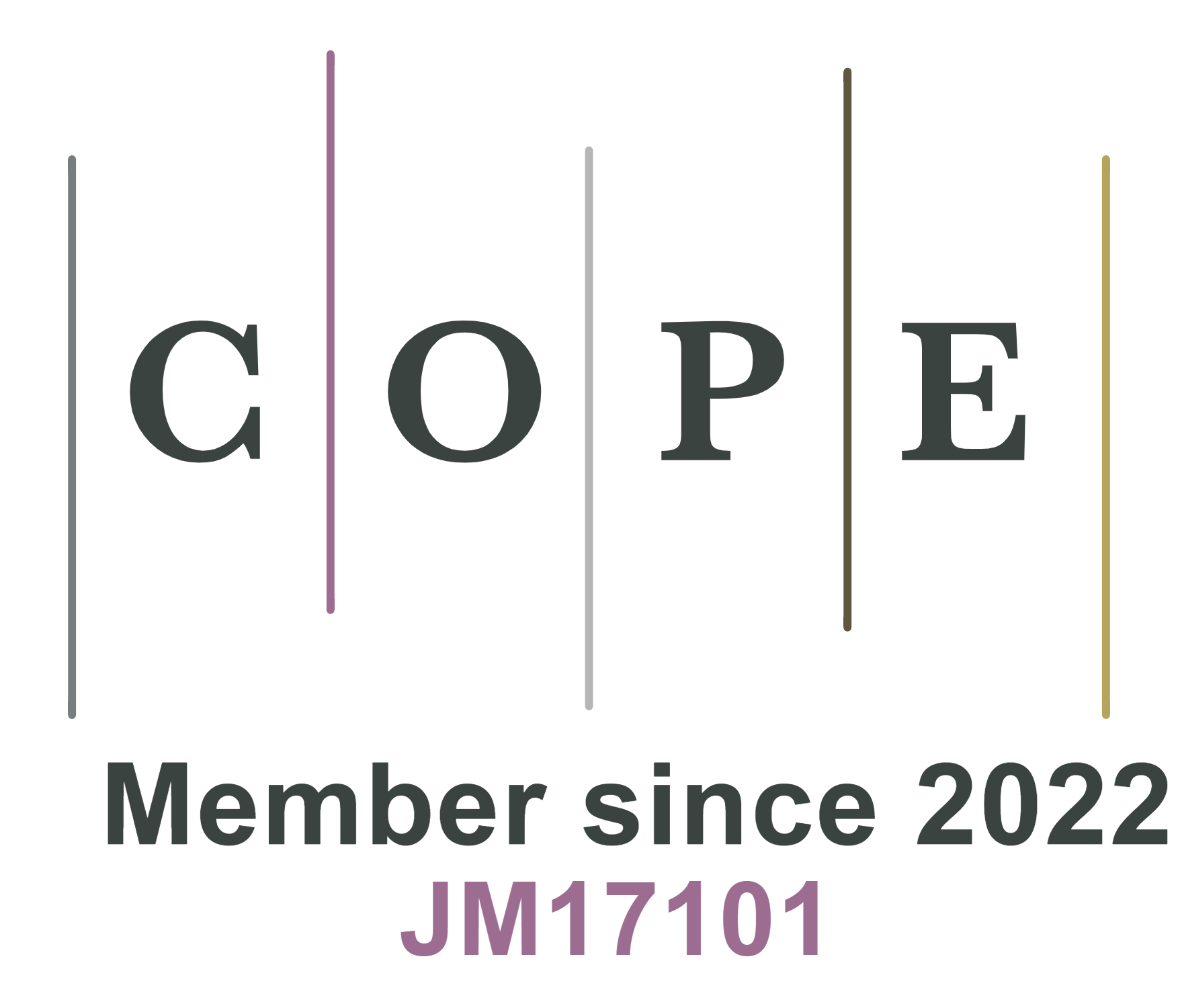fig3
Figure 3. (A) Preparation of the TOCNF-GN/PAA composite hydrogels[52]; (B) Demonstration of the excellent self-healing ability, stretchability, and flexibility of the hydrogels[52]; (C) Compressive stress-strain curve of the PAM-co-HEA hydrogel[53]; (D) EIS spectra of the hydrogels with varying CNT content[53]; (E) Photographs of the hydrogel under bending, knotting, twisting, and stretching conditions[53]; (F) Photographs of the LM/CNT hydrogel applied to the finger pulp and wrist[54]; (G) Photographs of the LM/CNT hydrogel before and after stretching[54]; (H) Schematic of the synthesis process for anisotropic bamboo template (ABT) and polypyrrole (PPy) bamboo-based/polyacrylamide hydrogel (PBPH)[61]; (I) Schematic synthesis of the composite hydrogels[63]; (J) Conductivity of the PAM/OM composite hydrogels[63]. TOCNFs-GN/PAA: 2,2,6,6-tetramethylpiperidine-1-oxyl radical-oxidized cellulose nanofibers-GN nanocomposites into PAA; PAM-co-HEA: polyacrylamide-co-hydroxyethyl acrylate; PAA: polyacrylic acid; CNT: carbon nanotube; LM: liquid metal; OM: oxidized MXene; EIS: electrochemical impedance spectroscopy.










